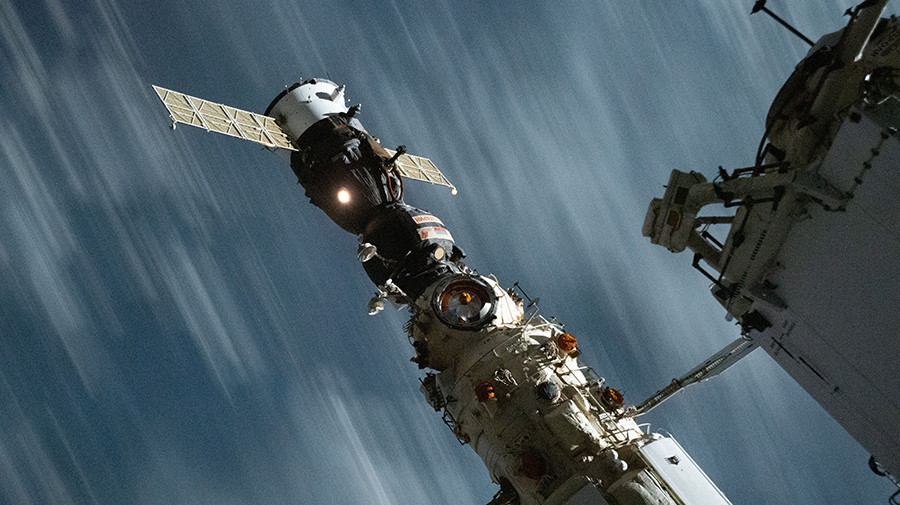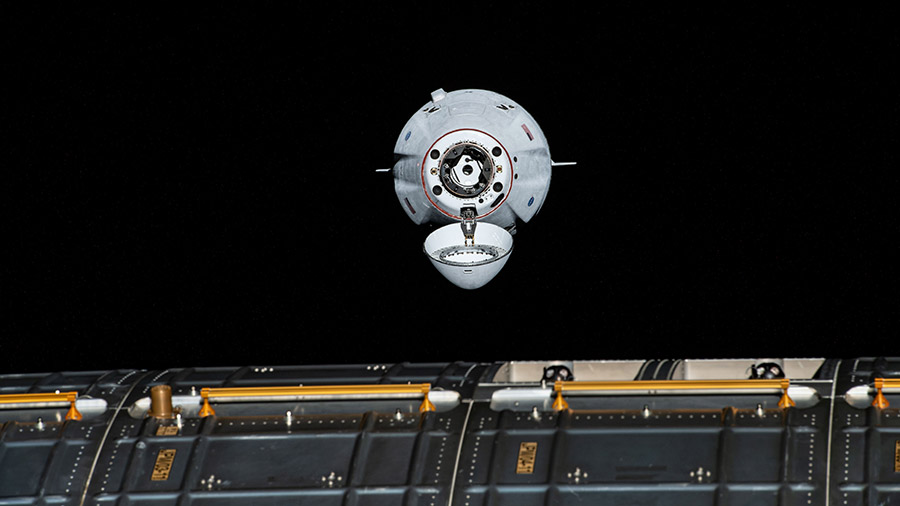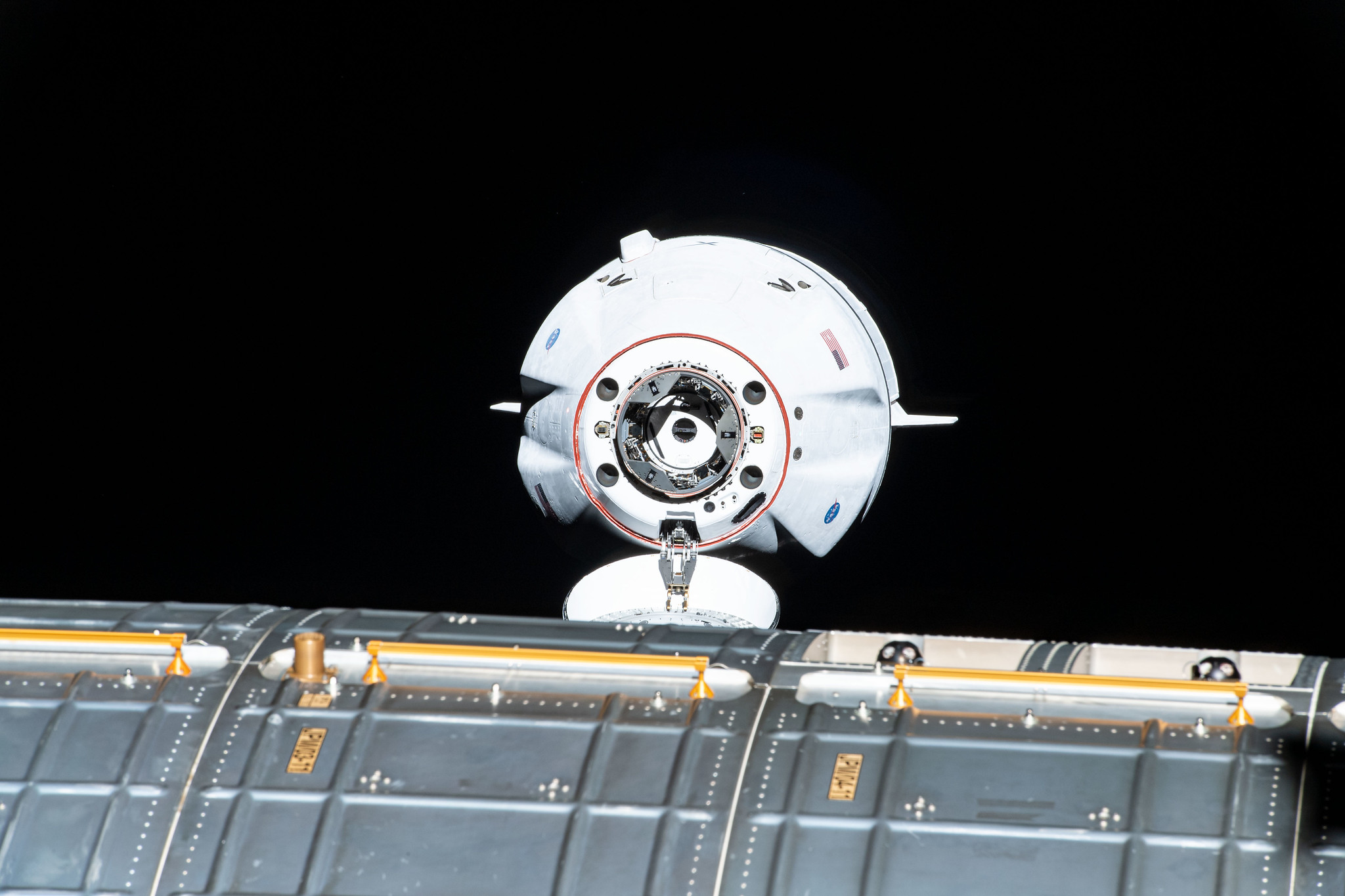International Astronauts to Swap Command; Soyuz Crew Launches on Tuesday

Expedition 65 Commander Akihiko Hoshide of the Japan Aerospace Exploration Agency will hand over command of the International Space Station today to ESA (European Space Agency) Flight Engineer Thomas Pesquet. Pesquet will command the station until he departs with Hoshide and NASA astronauts Megan McArthur and Shane Kimbrough in mid-to-late November.
The four crewmates have been living on the orbital lab since April when they arrived aboard the SpaceX Crew Dragon Endeavour. The quartet will return to Earth next month inside Endeavour and parachute to a splashdown off the coast of Florida completing a six-month stay in space.
About 12 hours after Pesquet takes command of the orbiting lab, three Russian crewmates will launch toward the space station from the Baikonur Cosmodrome in Kazakhstan. Soyuz Commander Anton Shkaplerov will ride inside the Soyuz MS-19 crew ship in between spaceflight participants Klim Shipenko and Yulia Peresild.
The trio will lift off inside the Soyuz MS-19 crew ship at 4:55 a.m. EDT on Tuesday and orbit the Earth twice before docking to the Rassvet module less than three-and-a-half hours later. Shkaplerov will stay in space until April while Shipenko and Yulia Peresild will return to Earth about 12 days later. The two spaceflight participants will ride back to Earth and parachute to a landing in Kazakhstan inside the Soyuz MS-18 crew ship with Roscosmos Flight Engineer Oleg Novitskiy.
NASA TV starts its live coverage of the change of command ceremony today at 3:20 p.m. EDT on the NASA app and the agency’s website. NASA TV will be back on the air on Tuesday at 4:15 a.m. broadcasting the launch, docking and crew greeting at the space station of the new Russian trio.
The seven residents aboard the station today started the work week servicing a variety of research hardware. Kimbrough cleaned the Life Science Glovebox today following two weeks of rodent research activities. NASA Flight Engineer Mark Vande Hei swapped fuel bottles inside the Combustion Integrated Rack and also helped McArthur organize food to open up more space on the station.
Hoshide installed the Tele-Luminescence Analysis System that observes tissues and genes in small animals in the Kibo laboratory module. Pesquet set up the Fluidics experiment for a couple of runs today to better understand how fuels behave in spacecraft fuel tanks.
Mark Garcia
Powered by WPeMatico







